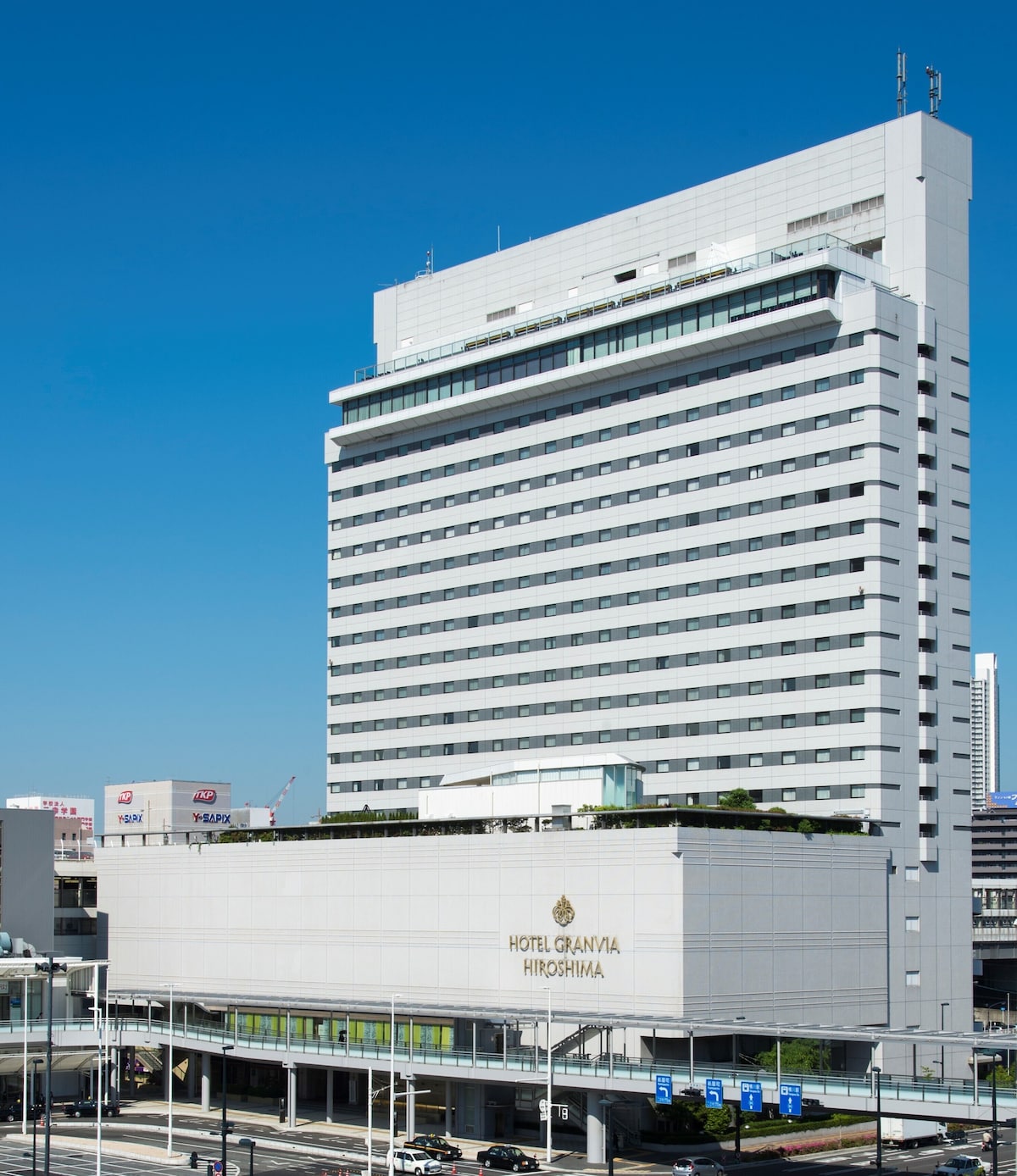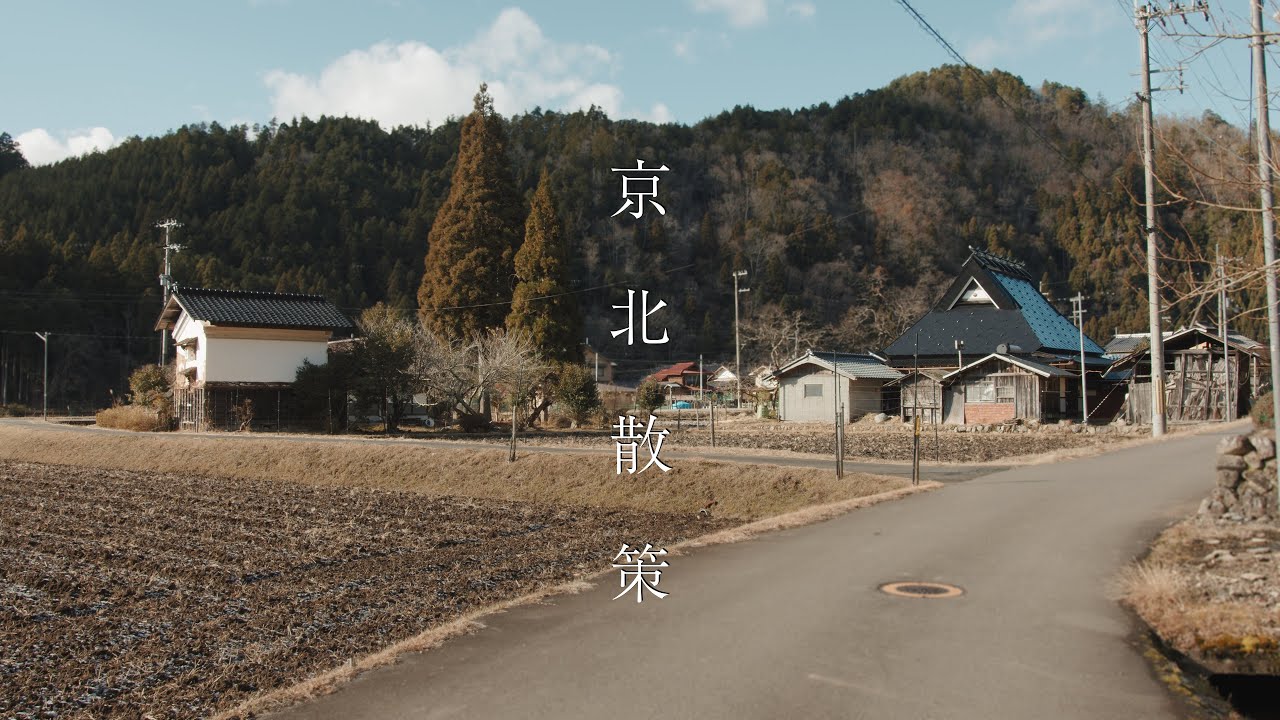Welcome to our blog post about walking around the Keihoku area, part of the Kyoto Trail. The Kyoto Trail is a week-long walking trail that takes you through the breathtakingly beautiful countryside of Japan’s ancient capital city. In this post, we will take you on a journey through the Keihoku area, one of the most picturesque sections of the Kyoto Trail. So, put on your walking shoes and let’s explore the natural wonders and hidden gems of this charming part of Kyoto.
The Kyoto Trail: Exploring the Beautiful Keihoku Area
Are you looking for a unique way to experience the beautiful city of Kyoto, Japan? The Kyoto Trail provides a perfect opportunity to walk around the Keihoku Area and explore the stunning scenery and village life. In this article, we will take a closer look at the Kyoto Trail and uncover the highlights of the Keihoku Route.
Introduction
The video titled “【京都一周トレイル】京北コース散策: 【The Kyoto Trail】Walking Around Keihoku Area (Kyoto, Japan)” takes you on a journey through the breathtaking beauty of Kyoto’s Keihoku Area. The Keihoku Route is a hiking trail that spans from Hosonoguchi to Jyosho-koji Temple, giving visitors the chance to take in the stunning scenery and immerse themselves in village life.
Whether you are a seasoned hiker or simply looking for a change of scenery, the Kyoto Trail has something to offer everyone. So, let’s dive in and discover the wonders of the Keihoku Route.
Highlights of the Keihoku Route
Fushimizaka Slope
The Fushimizaka Slope is a popular spot on the Keihoku Route, known for its stunning views of the surrounding mountains. The slope is not to be underestimated, and hikers should expect a challenging climb to reach the top. However, the panoramic views of the stunning landscape are well worth the effort.
Oomori Nishi Village
If you are interested in learning about traditional Japanese village life, Oomori Nishi Village is a must-visit location on the Keihoku Route. The village is home to several traditional thatched-roof houses that have been preserved for over a century and give visitors a glimpse into Japan’s rich cultural heritage.

Hotel Granvia Hiroshima
Tatsugasaka Pass
The Tatsugasaka Pass is the highest point on the Keihoku Route, standing at an elevation of 842 meters. The climb to the top is steep, but the panoramic views of the surrounding area are breathtaking. Hikers should be sure to pack the appropriate supplies for this portion of the trail.
Yono Village
Yono Village is a picturesque location along the Keihoku Route that provides a window into the rural life of Japan. Visitors can explore the village and take in the scenic beauty of the surrounding countryside.
Nakaecho Village and Oonocho Village
Nakaecho Village and Oonocho Village are two quaint villages along the Kyoto Trail that offer visitors the chance to experience traditional Japanese village life. Visitors can explore the local shops and historic sites, and enjoy the serene countryside surroundings.
The Kyoto Trail: A Unique Way to Experience Kyoto
The Kyoto Trail allows visitors to experience the natural beauty and unique charm of the Keihoku Area. The hiking trail spans over 130km and can take up to 8 days to complete, but with the video’s runtime of only 17 minutes and 55 seconds, you can explore the highlights of this trail in a shorter duration. Along the way, visitors can explore traditional Japanese villages, immerse themselves in village life, and take in the stunning landscape.
Moreover, the Kyoto Trail provides visitors with a unique opportunity to explore Kyoto in a different way. The trail provides an alternative perspective on the city, allowing visitors to appreciate the natural beauty and rich history of Kyoto.
Conclusion
Overall, the Kyoto Trail provides an excellent way to explore the natural beauty and traditional village life of Kyoto’s Keihoku Area. From the stunning views of Fushimizaka Slope, to the traditional village life of Oonocho Village, the Kyoto Trail provides visitors with a unique glimpse into Japan’s rich cultural heritage.
While the trail can be challenging and time-consuming, it is well worth the effort for visitors looking to experience Kyoto in a different light. So, why not grab your hiking boots and explore the wonders of the Kyoto Trail?
FAQs
- How long is the Kyoto Trail?
The Kyoto Trail spans over 130km and can take up to 8 days to complete. However, the video features the highlights of the Keihoku Route, which is only a small portion of the overall trail.
- Is the Kyoto Trail suitable for beginners?
While the Kyoto Trail can be challenging, there are parts of the trail that are more suitable for beginners. Visitors should consult the trail map before beginning the hike and ensure they have the appropriate supplies and clothing.
- Are there any accommodations along the Kyoto Trail?
There are several accommodations and restaurants along the Kyoto Trail, but visitors should plan ahead and book in advance, as some locations may fill up quickly.
- What is the best time of year to hike the Kyoto Trail?
The best time to hike the Kyoto Trail is in the autumn (October and November) when the leaves turn to beautiful shades of red and orange. However, the trail can be hiked year-round, but visitors should be aware of the weather conditions and pack accordingly.
- Can the Kyoto Trail be hiked in one day?
It is possible to hike portions of the Kyoto Trail in one day, but visitors are encouraged to plan their hike ahead of time and ensure they have the appropriate supplies and clothing for the chosen route.
